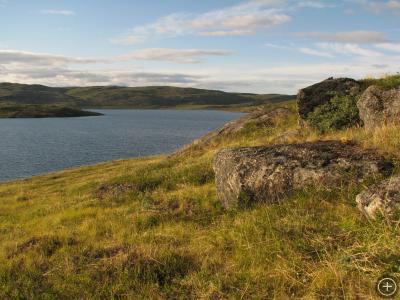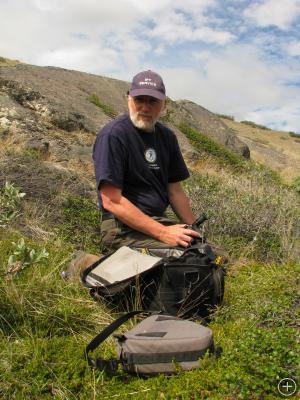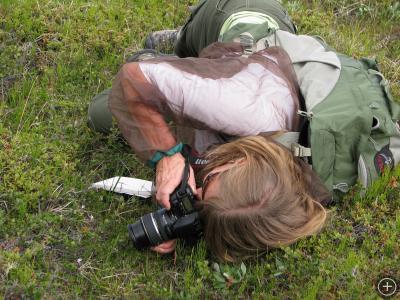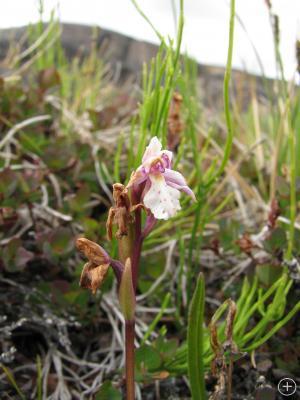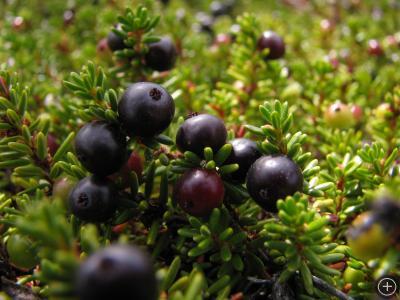Putting the Green Back in Greenland
KANGERLUSSUAQ, GREENLAND– There are two theories about how Greenland was named, both having to do with the 10th century Vikings who first christened this gigantic Arctic island. One is that Erik the Red, having been banished from Iceland because of his murderous ways, named it “green land” as a real estate scam to lure naïve Norse settlers to this glacier-covered island. The other is that the domain name of Iceland, a more appropriate moniker for Greenland, had already been taken so Erik had to come up with another name for his new settlement.
But here’s the thing: Greenland really is green if one comes here at the right time to the right places. The Norse arrived during a particularly warm and green period in human history, an era called the Medieval Climate Optimum between the 8th and 13th centuries. The weather got less cooperative for farming and livestock rearing later during what’s known as the Little Ice Age (from the 16th to the early 19th century) and the Viking settlements in West and East Greenland died out. With recent warming, Greenland may be returning to the days of the early Norse settlers and I’ve read that farmers are growing broccoli in South Greenland. (We’re farther north and I didn’t see any food cultivation, except in window sills and greenhouses.)
We came to Kangerlussuaq at the height of summer, our own climate optimum, and found places out of town chockablock with green plants and life bursting at the seams. On the coastal margins, where most of Greenland’s terrestrial ecosystems and all its human communities outside of science camps exist, this Arctic habitat can be dense if not especially diverse. Plants and animals have adapted to their environment in robust ways, including mosquitoes that to our dismay can fly at temperatures approaching freezing, and Arctic Foxes and Hares that are perfectly happy in –40 degree C weather.
But things are changing here and it may become more difficult for Arctic species to adapt and survive. One consequence of climate change is that spring is arriving earlier now than in the past, a trend that can adversely affect iconic Arctic animals such as caribou. We learned about global warming and Arctic ecosystems during a nature hike outside Kanger with Henning Thing, a biologist from Denmark. In the 1970s, Henning came to Greenland to study caribou and more recently as an IPY research facilitator for the Danish Agency for Science, Technology, and Innovation.
On our hike, Henning pointed out a tiny, perfectly formed orchid that I did my best to photograph. We also came across a patch of crowberries, a tart black berry used here to flavor beer and delicious to eat straight from the bush (which we did). Henning said the berries were early and especially dense this year, along with other plants that have been budding and flowering two weeks earlier than they have during the past 14 years, when he first started coming to Greenland.
Plants respond to warming temperatures by producing shoots, flowers and fruit earlier in the season. Animals, however, are typically cued by day length rather than temperature so increasingly plant and animal communities are getting out of step with each other. For female caribou, this can become a problem because the timing of their pregnancies and births has evolved to coincide with the first new leaves of spring. If they give birth after the first and most nutritious leaves have come and gone, the mother caribou might not receive enough calories and nutrients to produce rich milk for their calves.
This is just one of the consequences of global warming being actively investigated by biologists, glaciologists, and climate scientists here in Greenland.

 No comments
No comments 